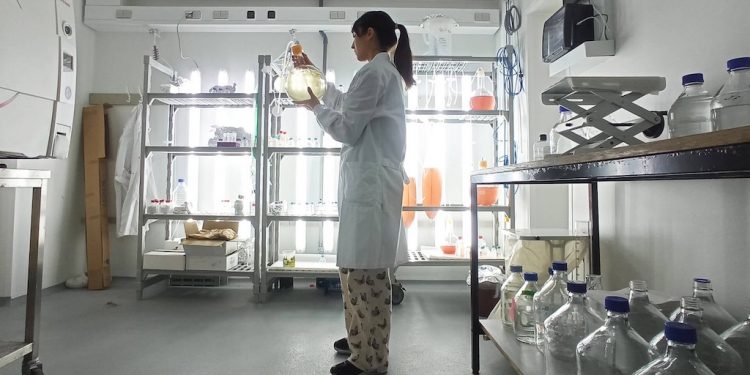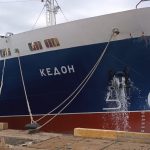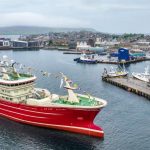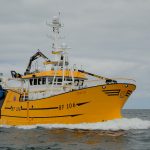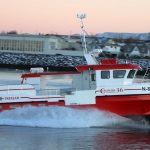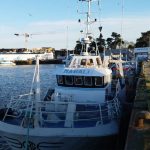Researchers from DTU have for some years worked towards an overview of how much microplastic is in our marine environment and the effect it has on the food chain in the oceans.
‘They have just published a study that rapports the concentration of microplastics in the inner Danish waters – and it makes for pleasant reading,’ said Professor Torkel Gissel Nielsen.
‘The negative thing, of course, is that all the samples contain microplastics – because plastic doesn’t belong in the ocean. But the positive thing is that there’s actually very little.’

To collect the samples, the researchers used equipment that can capture far smaller plastic particles than those picked up by the equipment that’s usually used to collect plastic in the oceans. This is because the researchers are particularly interested in particles that are so small that copepods – which make up a significant part of the marine food chain – can consume them. That means particles that measure less than 300 micrometres and down to 10 micrometres.
Researchers found between 25 and 100 microplastic particles per cubic metre of water collected. In the samples with the highest measured concentration, this corresponds to one plastic particle per 10 litres of water. By contrast, the samples contained about 100,000 times more plankton than microplastics.
In total, 88% of the microplastic particles captured by the fine-meshed nets are so small that they would escape the conventional Manta nets. According to PhD student Gunaalan Kuddithamby, few studies have used this method – both because it is difficult to collect the samples and because it is expensive and time-consuming to analyse them.
DTU Aqua have conducted several studies that examined the smallest fraction of microplastic. These studies were collected in the waters around Greenland, and on an expedition from Denmark to the Caribbean that sailed through the North Atlantic Garbage Patch. Here researchers found smaller amounts of microplastics than expected. Even the samples with the highest concentrations contained less than one plastic particle per litre of water.
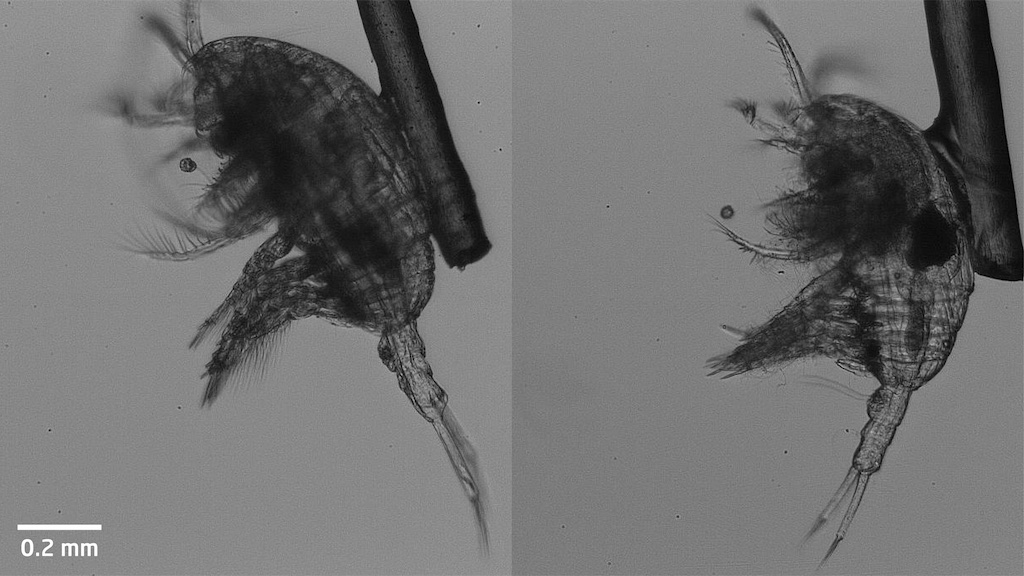
As the presence of microplastics in the oceans will increase, partly because plastic waste there breaks down into much smaller pieces, Gunaalan Kuddithamby stresses the importance of repeating the measurements with these more precise methods to follow the development.
The good news about the low microplastic concentrations is backed up by experiments at DTU that investigate what happens if copepods encounter the particles while they are eating. They show that the copepods are like fussy children who can detect pieces of celery in the spaghetti sauce and spit them out.
Video footage from the laboratory experiments shows that in four out of five cases, the copepods spit out the plastic particles.
‘Even though they catch thousands of particles in their tiny mouthparts, they can tell that they’re not food, either because of the structure or taste of the particles. They taste hundreds of particles a minute, but when a plastic particle goes in, they spit it out,’ Torkel Gissel Nielsen explained.
‘If they do eat the microplastic particles, we’ve shown in other experiments that they excrete them – just like kids who’ve accidentally swallowed small beads.’
This also means that the microplastics don’t bioaccumulate when the copepods become meals for larger organisms, which in turn are eaten by larger animals, and so on.
Torkel Gissel Nielsen stresses that plastic waste is part of humanity’s impact on nature and clearly poses a serious environmental problem.
‘It’s frightening that plastic has been found in the penguin colonies in Antarctica, where no people live. There’s plastic in the ocean north of Greenland. There’s plastic at the bottom of the Mariana Trench. There’s plastic at the top of Mount Everest. On any tiny island you can sail to where there have never been people, you’ll find plastic,’ he said.
For the professor, however, it’s important to turn our attention to where the problem is most serious. Based on the data he has helped collect on microplastics, he believes that larger plastic pieces (macroplastics) in our oceans pose a much bigger problem for marine life.
‘Thousands of animals die because they get caught in the many so-called ghost nets floating around in the oceans. These are animals such as tuna, sea turtles, dolphins, and albatrosses. It’s either because they get caught up in these nets or because they eat them,’ he said, and pointed out that removing macroplastics from the oceans won’t just protect the large vulnerable marine animals but will also remove one of the main sources of microplastics.

